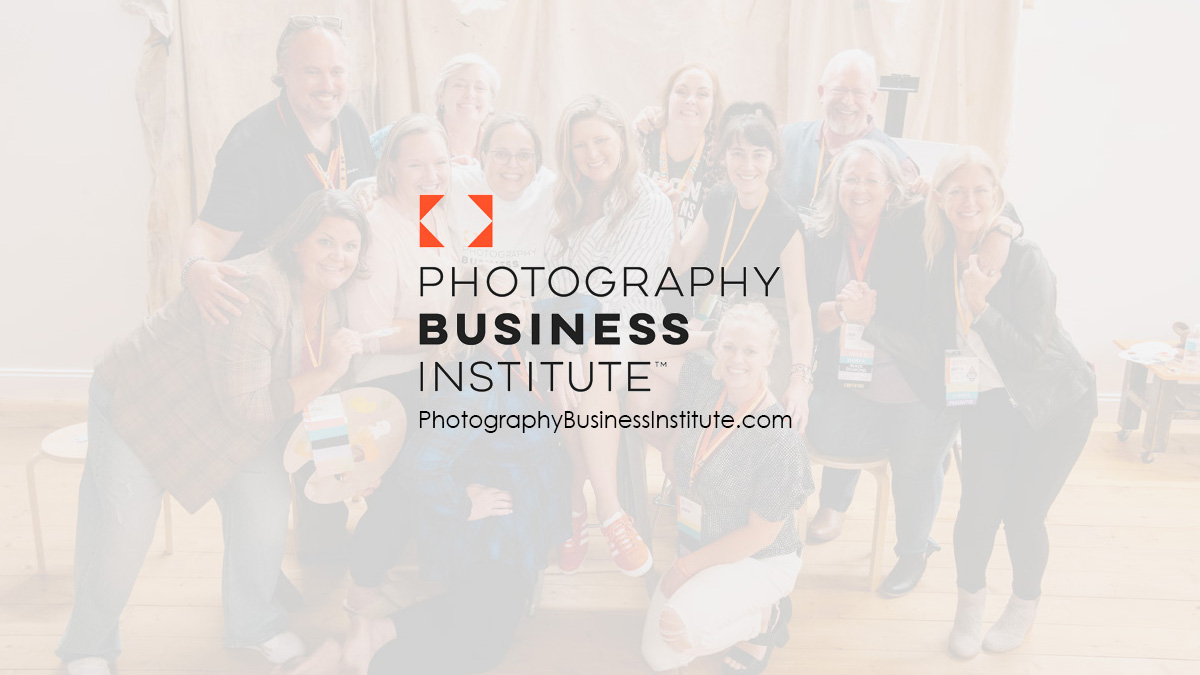There’s a lot of hype about vision boards and the practice of visioning. From the best-selling book, The Secret, to a recent Inc. Magazine article by Ari Weinzweig on the topic, picturing what you see success looking like in the future and then committing it to paper or some other media helps many people stay focused. Rather than mapping out a strategy for how to get ‘there’, the vision simply defines what ‘there’ looks like. Proponents of visioning say if you don’t know what ‘there’ looks like or what ‘there’ is, how can you get to it?
I’ll admit, I’m not much of a dreamer. I’m a tactical thinker. I like to produce things. I don’t like to sit around and think much about what my future looks like. I want to jump in and do something and see results. NOW!
But I decided to try this exercise with Sarah for our business, following the 8 steps Ari Weinzweig talks about in Inc. Magazine. We talk often of where we want to go with our business, but we’ve never made it a formal exercise like this. Especially when it comes to longer-term planning (5 – 10 years from now).
I have to admit it was fun to think about how different I want my day to day to look in 5 years. I took just 25 minutes and jotted down off the top of my head where I want Photography Business Institute to go in draft format and more importantly what our days look like. Sarah did the same and we compared our responses.
Not surprisingly, our visions match up pretty well. I’m pretty sure that’s because we often talk about where we see our business going, even if we haven’t formally put it on paper.
I can see how the exercise of formal visioning would be very helpful in a larger organization with more than a single employee. It’s important that all stakeholders have a clear picture of where the company is going so they can make the right decisions to get them there. And if the stakeholders aren’t on board, it’s a good time to reassess their role within the company.
But for small companies where the owner is the only employee, it can still be good to take a look at where you want to be in 5 or 10 years. And why. I’m just not sold that visioning needs to be a daily occurrence in your business as Weinzweig suggests.
What do you think? Have you tried visioning? How has it helped your business succeed?








